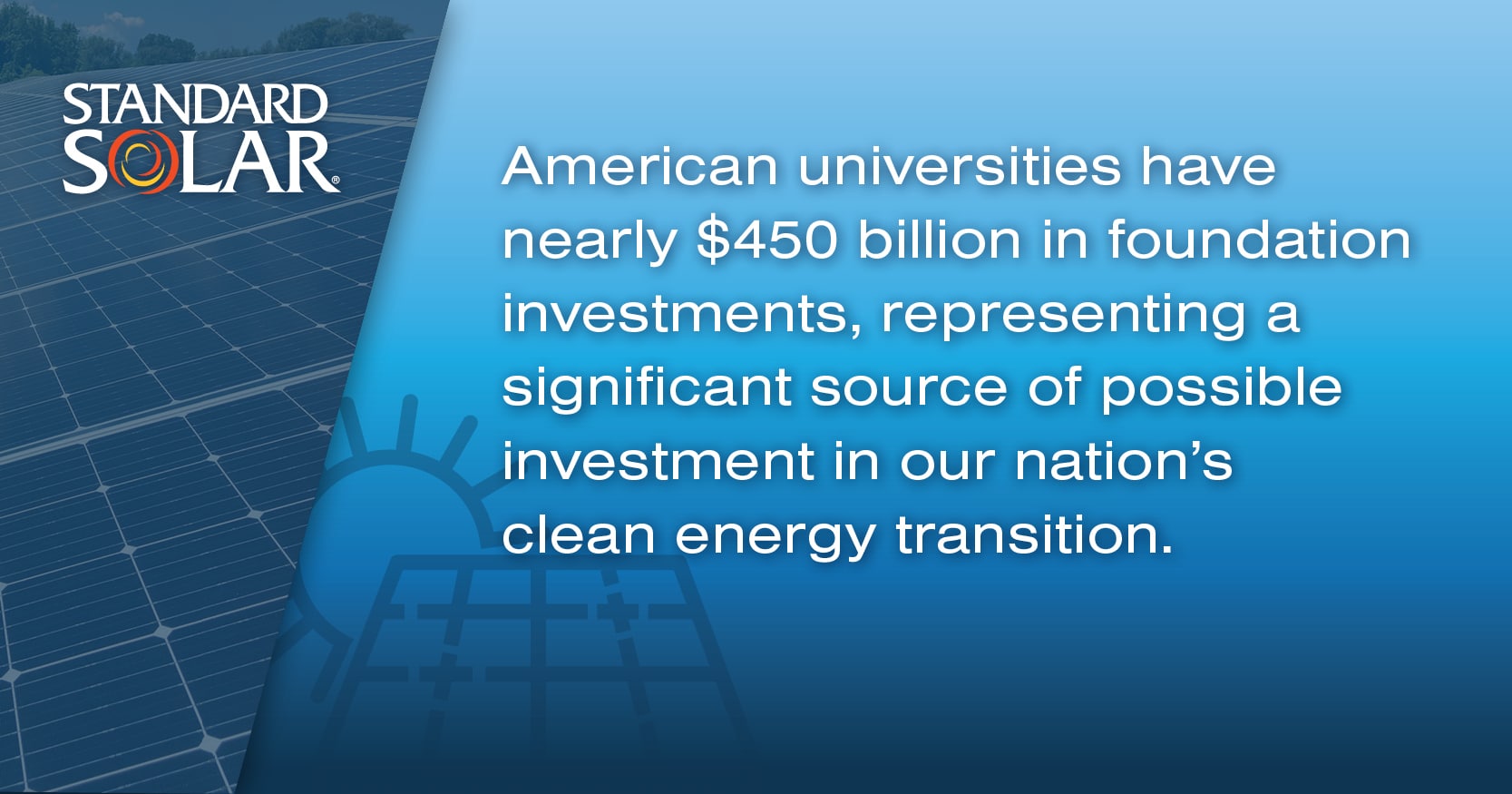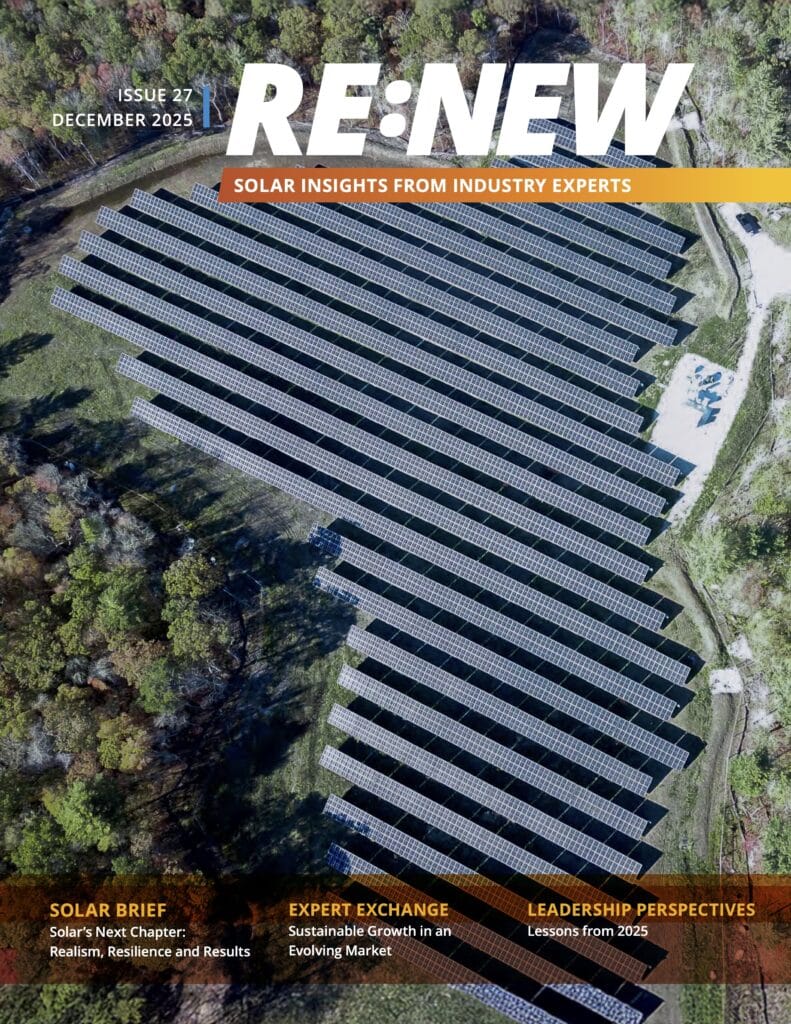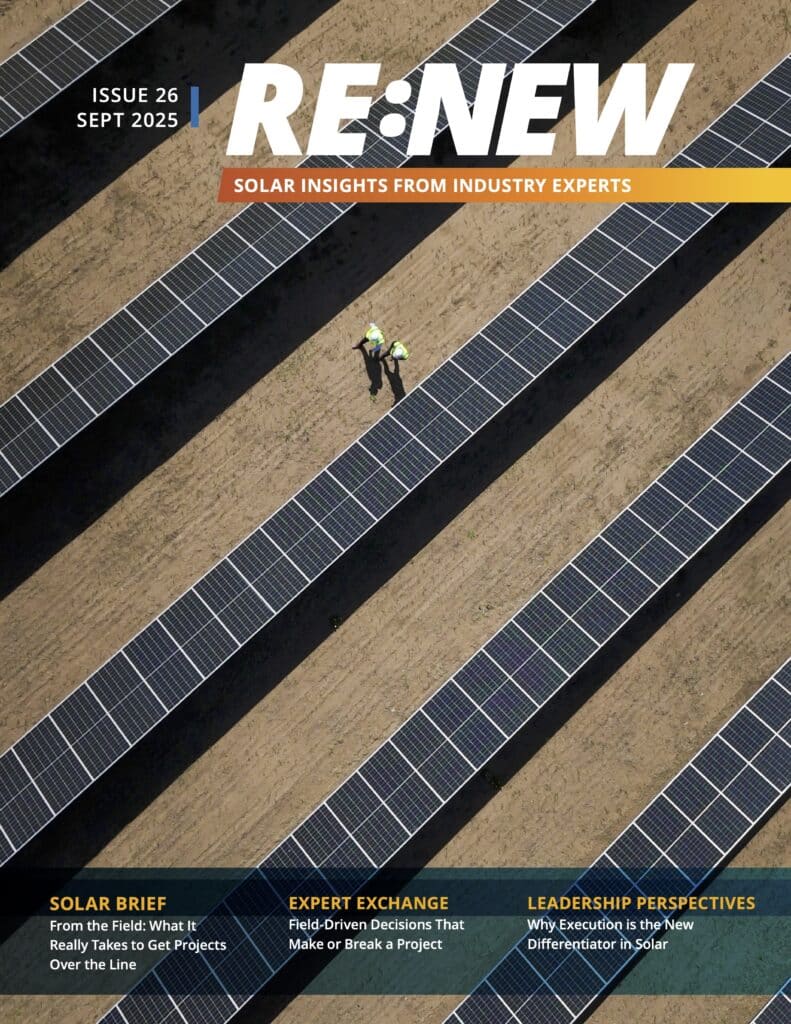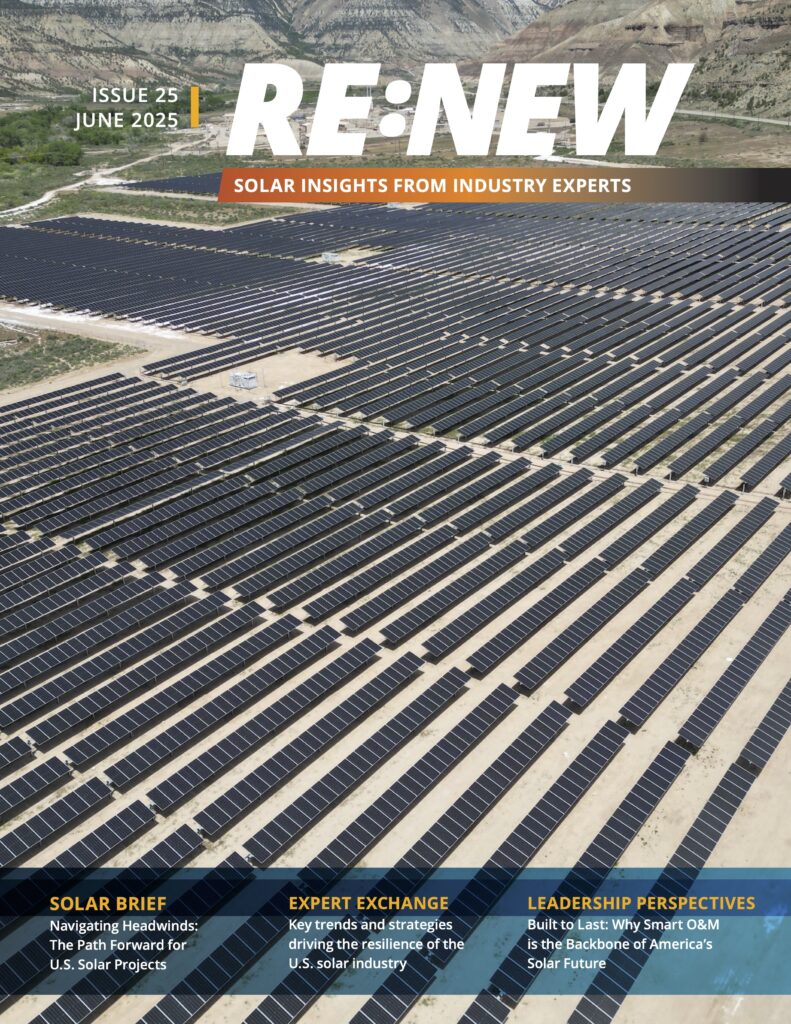Three-part series:
Part 3 – University Endowments and Support Organizations
At our nation’s schools and institutes of higher learning, students and staff alike are concerned about climate change and seek to be leaders in the American effort to help decarbonize the global energy system. As a result, many educational institutions are embracing solar implementing solar programs and policies to help forward this transformation. Standard Solar has been invested in this development over the past 17 years, having worked on numerous projects nationally.
College and university endowments present a unique opportunity for tackling sustainability and the operational requirements of their institutions through long-term investment in clean energy solutions like solar. American universities have nearly $450 billion in foundation investments, representing a significant source of possible investment in our nation’s clean energy transition.
In Part 1 of this three-part series on solar financing for schools and universities, we described trends in solar for schools and financing and the Power Purchase Agreement (PPA). In Part 2, we looked at the solar financing alternatives to the PPA model and grant programs. In this last part of the series, we discuss the power of university endowments in the pursuit of renewables and spotlight several organizations that focus on supporting schools on their solar journey and as some look to develop net-zero facilities.
Endowments
University endowments in America have over $550 billion in assets and an ability to make illiquid and long-term investments, which positions them well for solar investment. Endowments allocate capital based on factors like size, expected return, expertise, and risk assessment. Their investment in solar occurs via limited partnerships in private investment vehicles, venture capital or early-stage investment, and private equity-like leveraged buyouts. They allocate capital across traditional asset classes in an investment portfolio, in a campus green revolving fund or through project development sponsorship.
When an endowment invests directly in a specific project, they commit to receiving project-specific cash flows in the future, tending to recover development costs at project closing. Usually, that solar project offers higher fixed income returns than those typically available in the bond market, along with extremely reasonable risk parameters.
Some examples of endowments investing in solar include Northeastern University committing $25 million of its endowment to sustainability investments like solar and a $200 million MIT venture capital fund financing seven companies, one of which is a renewable energy company. At the University of California, their endowment invested in a mezzanine loan to a global wind, solar, and biomass company.
An emerging option is the creation of a green revolving fund (GRF), an internal investment vehicle for financing energy efficiency, renewable energy, and other sustainability projects. Investments made by the fund are repaid from resulting energy savings from projects supported by the GRF to provide funding for future projects. GRFs are usually managed by various stakeholders on campus, including administrators, students or facilities officers.
Typically, a GRF tends to outperform average endowment investment returns over longer periods of time. The benefits of GRFs extend beyond simple investment returns: they help build the business case for sustainability, reduce operating costs, and enhance institutional reputation.
Part of Harvard University’s 20 year old, $12 million GRF offers capital for high-performance campus design, operations, and maintenance of renewable energy technology. The fund has supported almost 200 projects yielding $4 million in annual energy savings. Cornell University has a similar fund, and both California Institute of Technology and Weber State University have invested endowment funds in their GRF.
Organizations that Support the Pursuit of Funding
Standard Solar has partnered with many organizations over the years to bring project success, and we understand that organizations specifically designed to facilitate the process of seeking funding can be vital. The Association for the Advancement for Sustainability in Higher Education, an organization that supports staff and students in pursuit of sustainability innovation, has over 700 campus members and lists over 280 funds in American colleges and universities.
The Midwest Renewable Energy Association, with support from the US Department of Energy’s SunShot Initiative, has created the Solar University Network (SUN). One of the primary purposes of SUN is to help endowments or foundations make solar power investments in solar power. The Institute for Sustainable Communities works with colleges and universities to address barriers to solar investment, develop collaborative procurement programs and leverage faculty, student and staff expertise to drive down costs.
Generation180 seeks to expand access to K-12 solar by educating school districts about the various financing options and pushing for the creation of state and utility policies that enable school districts’ access to third-party ownership. Recently, the nonprofit was part of a Virginia-based coalition that expanded access to the third-party ownership model across the state and is working with partners in Florida to do the same.
American educational institutions continue to show leadership in our nation’s energy transformation by adopting solar and other renewables programs as part of their operations and curriculum. Our firm will continue its work to support their efforts in 2022 and beyond. Happily, there is a myriad of financing options around solar and other technologies that can help make sustainable schools and the march towards net-zero a reality.
More Recent Blog Posts
Delivering on Our Promise: 2025 in Review
December 11, 2025
Scott Wiater · 3 min read
How Student Health Unlocks School Energy Projects
December 3, 2025
Standard Solar · 4 min read
The Remarkable Growth of Community Solar in the District of Columbia
October 22, 2025
Standard Solar · 2 min read
Navigating a Solar Market in Transition: Takeaways from RE+ 2025
September 26, 2025
Megan Byrn · 3 min read





Share